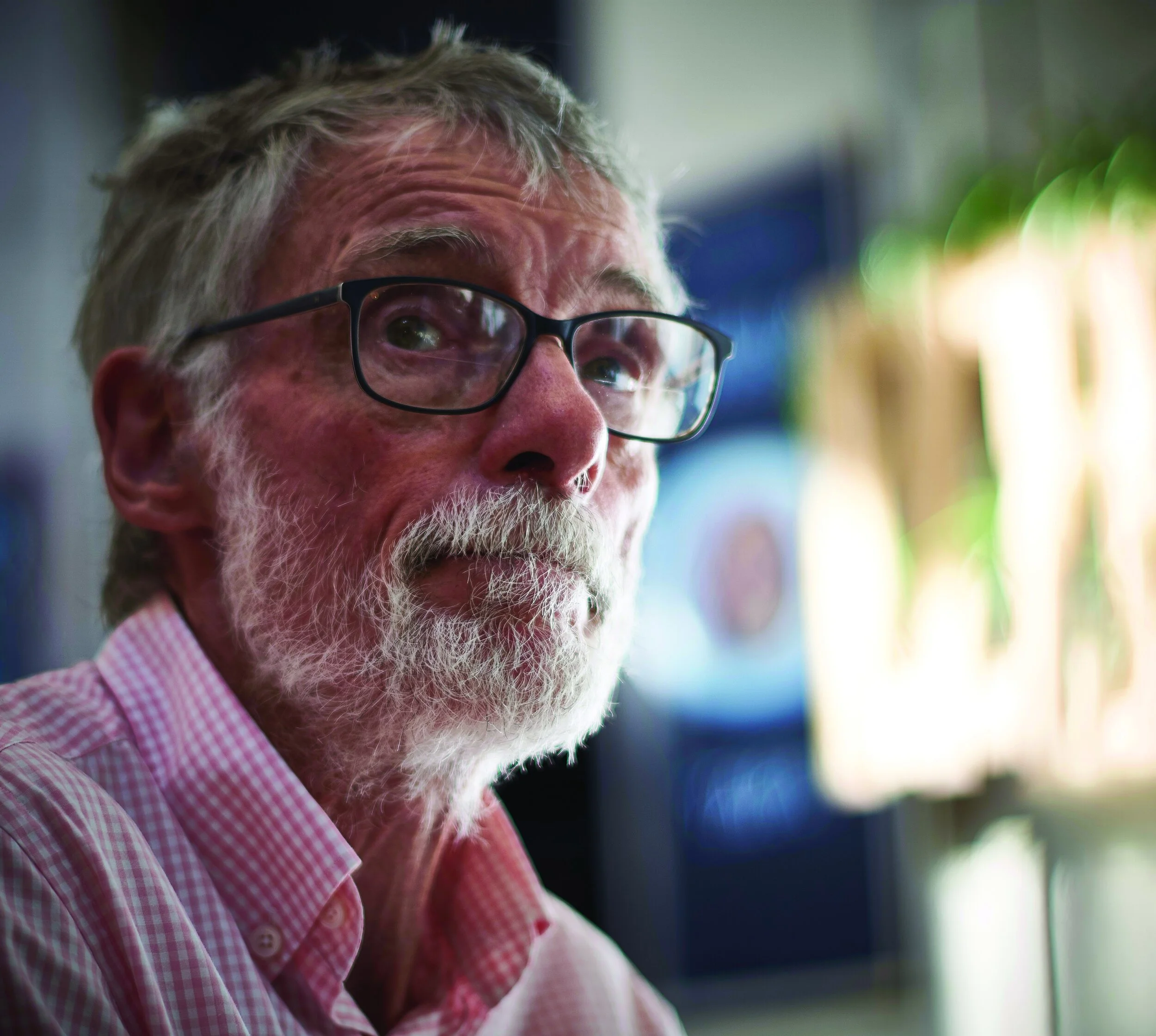THE START.
The project was conceived in 2011 with some preliminary sketches.
A track plan and structural parts of the Millau viaduc were then made. Later that year I joined the local Ipswich Model Railway Club to gain knowledge about model railroading. After moving to Walcha, NSW in 2013 and while the house was being built, we lived in this section that now houses the sculpture you are visiting.
VISUAL AIMS.
To successfully combine an abstract and semi-abstract environment with a working model railway.
To represent, through the use of graphics, symbols, scale models and structures the influences of artists, architects and the places of residence that have become part of my life.
To present the viewer an enclosed environment that redefines their expectations
THE PROCESS.
Visualising and sketching ideas, researching materials
Developing ideas into AutoCAD format and printing working drawings.
Selecting materials and making.
Assembling, placing in situ, evaluating and modifying.


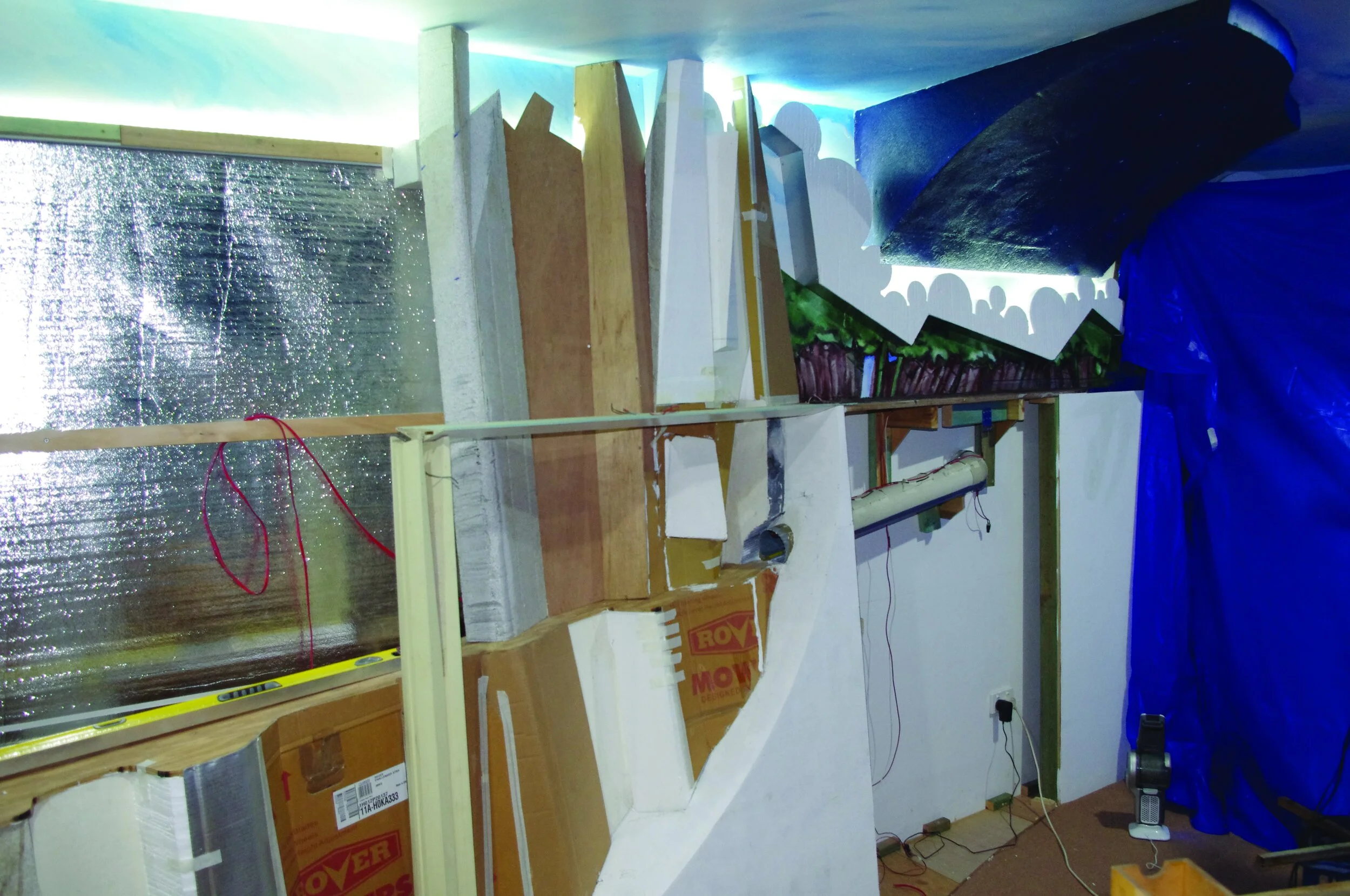
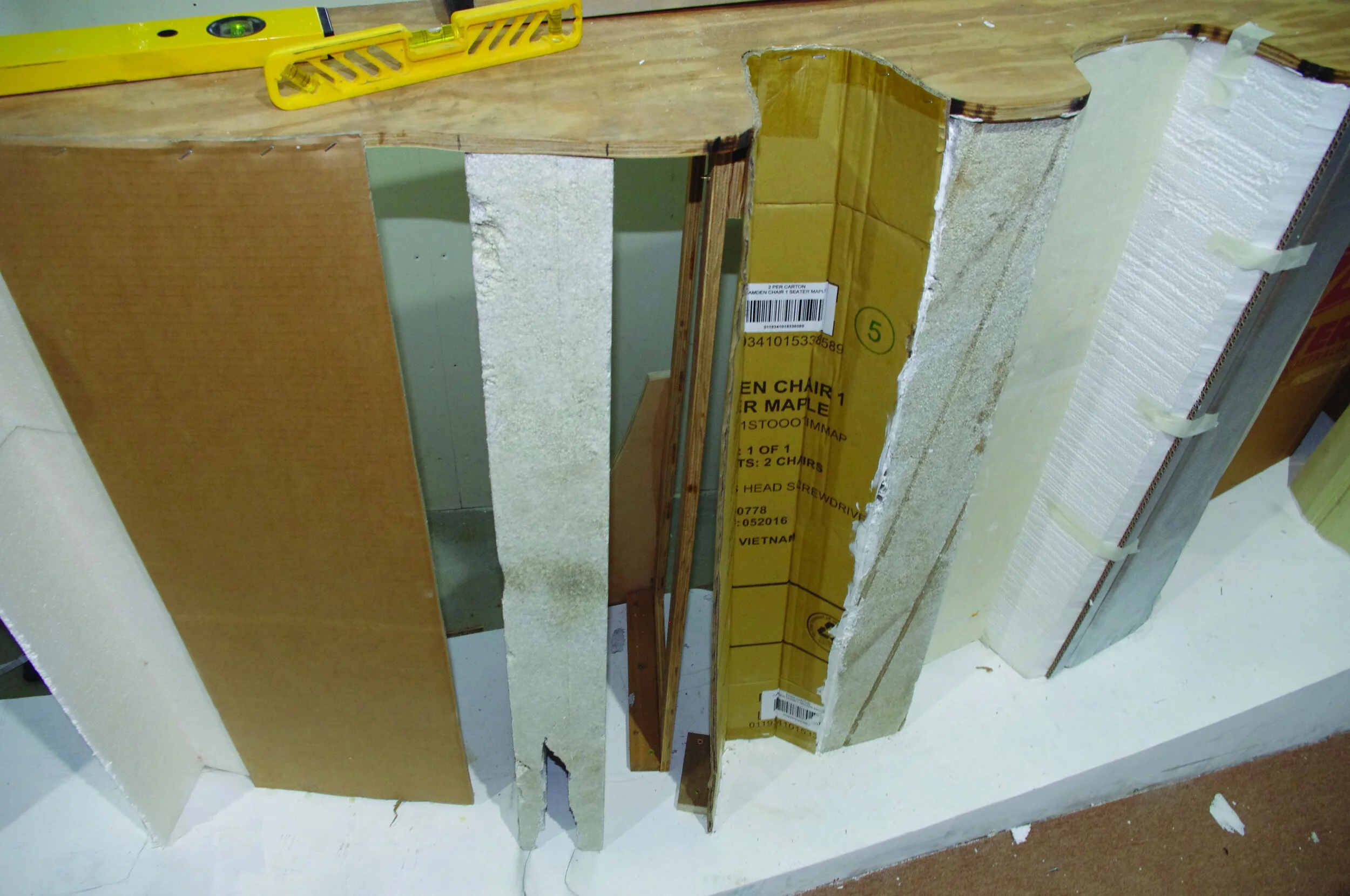
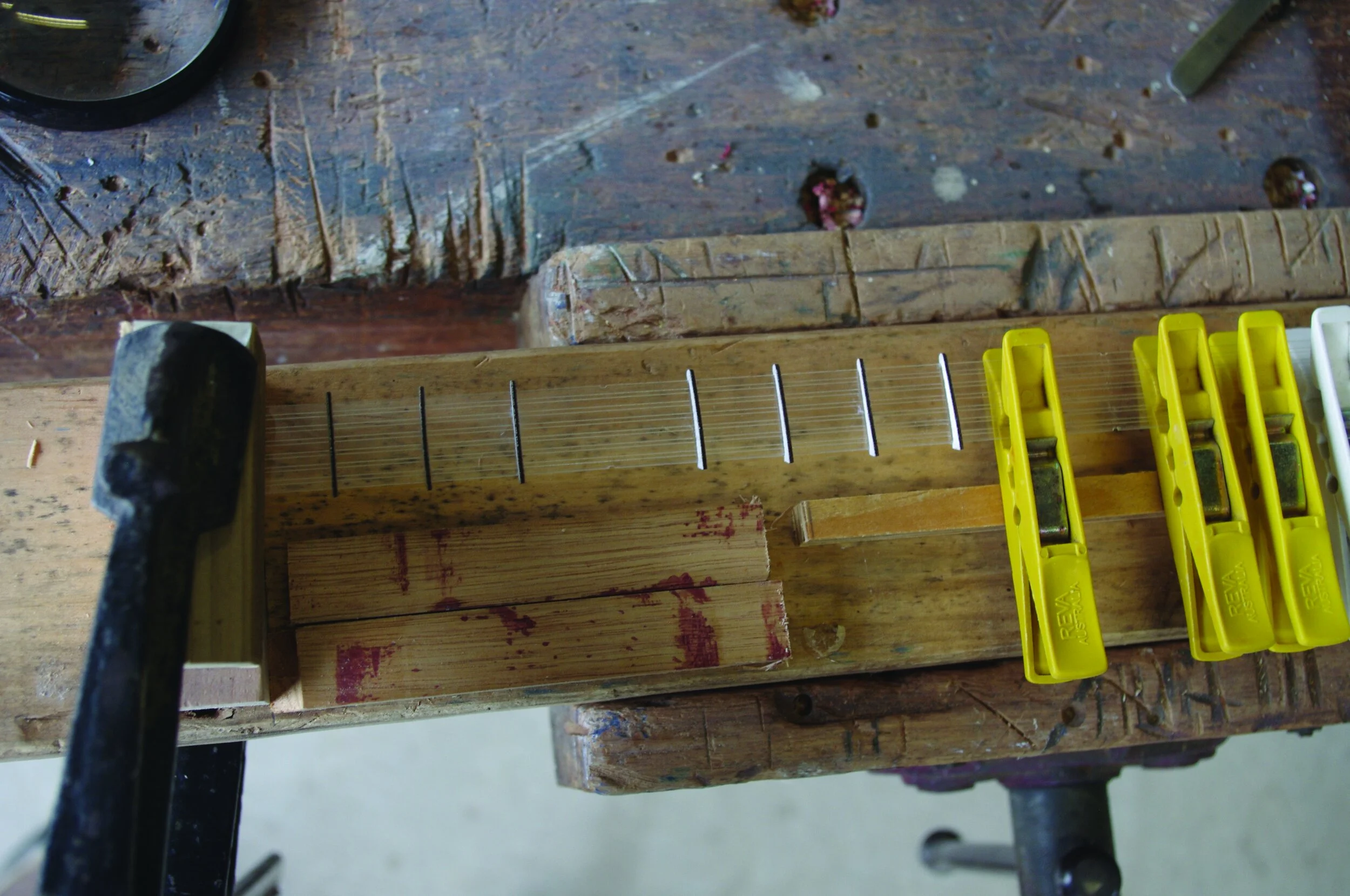
PRACTICAL LIMITATIONS.
I began by trying to impose parameters like: realistic and HO scale (1/87) details close to the railway track, progressing outwards from there to fully abstract and off scale. This soon proved restrictive and was eventually abandoned.
Having an overall image in mind of the finished design also proved counter- productive due to the physical constraints mentioned below and stifled creative developments.
The boring rectangular shape of the room, if not modified, would restrict creativity and the aims of the project.
Functional and practical track design requires accessibility for maintenance and attention to rolling stock.
The pre-existing door position meant that the project had
to proceed in a linear fashion rather than holistic one in order to maintain easy working access until completion.
INFLUENCES.
The project is threaded through with the influences gained by my travels, architects, architecture or the impact of particular artists’ and sculptors’ works. The installation includes several models of actual works by some of those architects, artists and sculptors. See below for details. I am forever in their debt.
Actual models
Henry Moore Reclining Figure 1921,
Barbara Hepworth Single Form, 1961
Kenneth Armitage Slab figure 1961
Norman Foster, section of Millau Viaduc (scale1/156)
Renzo Piano The Shard, abstracted.
Egon Schiele a collage of his works 1914 to 1919
Giorgio di Chirico Italian Piazza, girl with a hoop. 1948
In the style of:
Kurt Schwitters Mezbau (seen in “the mountains” east end)
Friedensreich Hundertwasser (right of small station)
Various architectural model makers.
Miniatur Wunderland Hamburg, (the largest model railway in the world) online at miniatur-wunderland.com
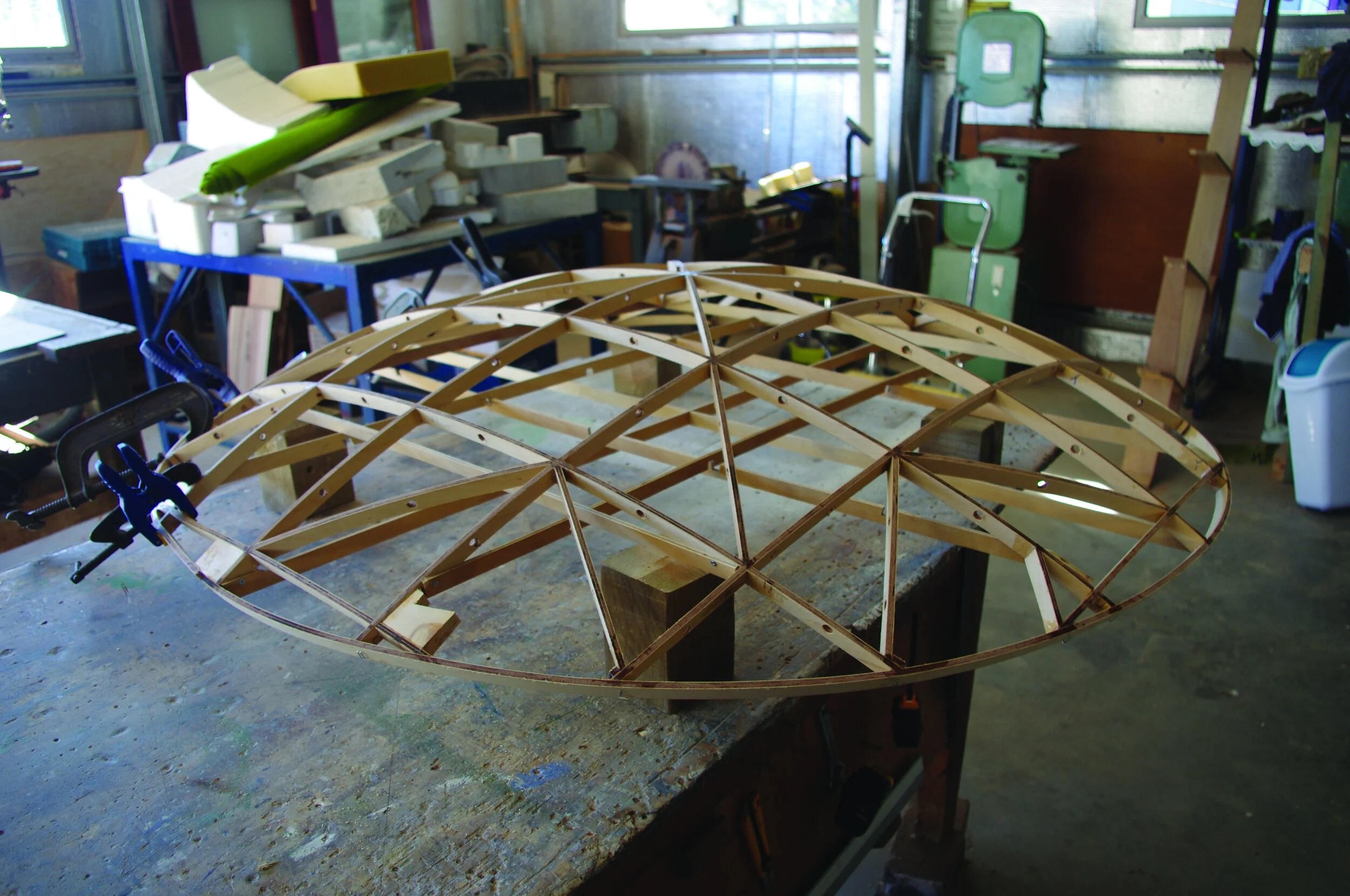
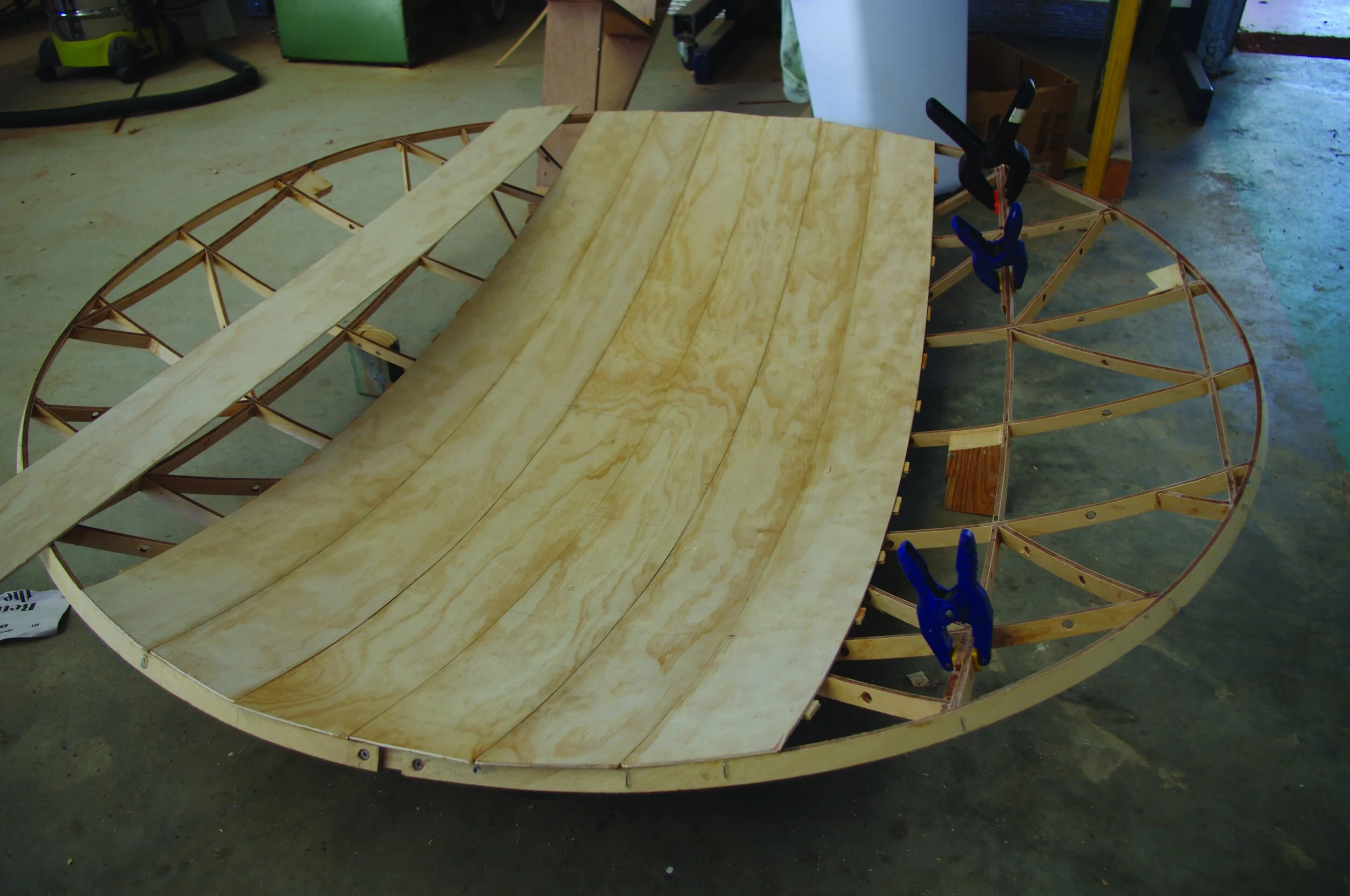
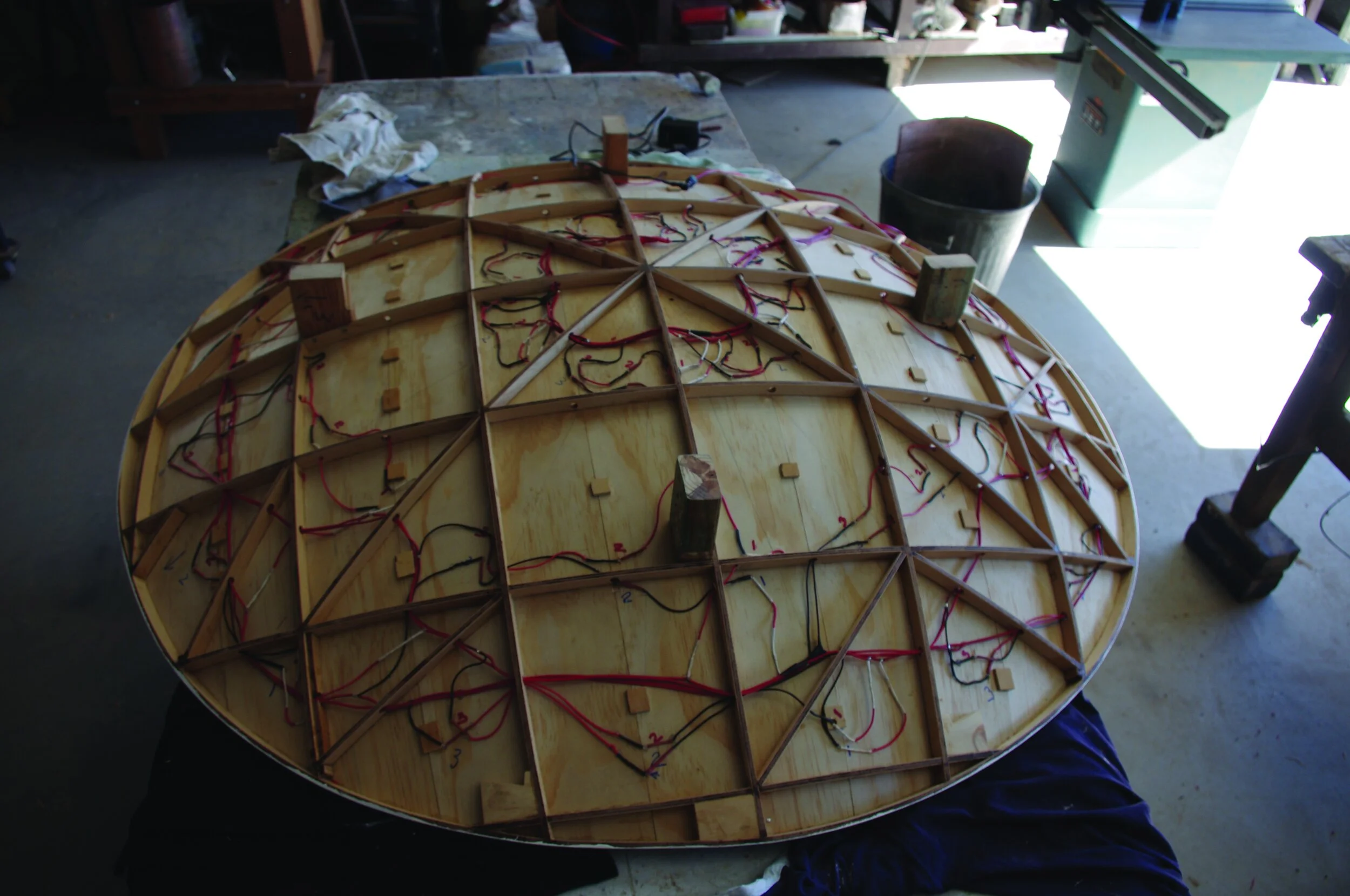
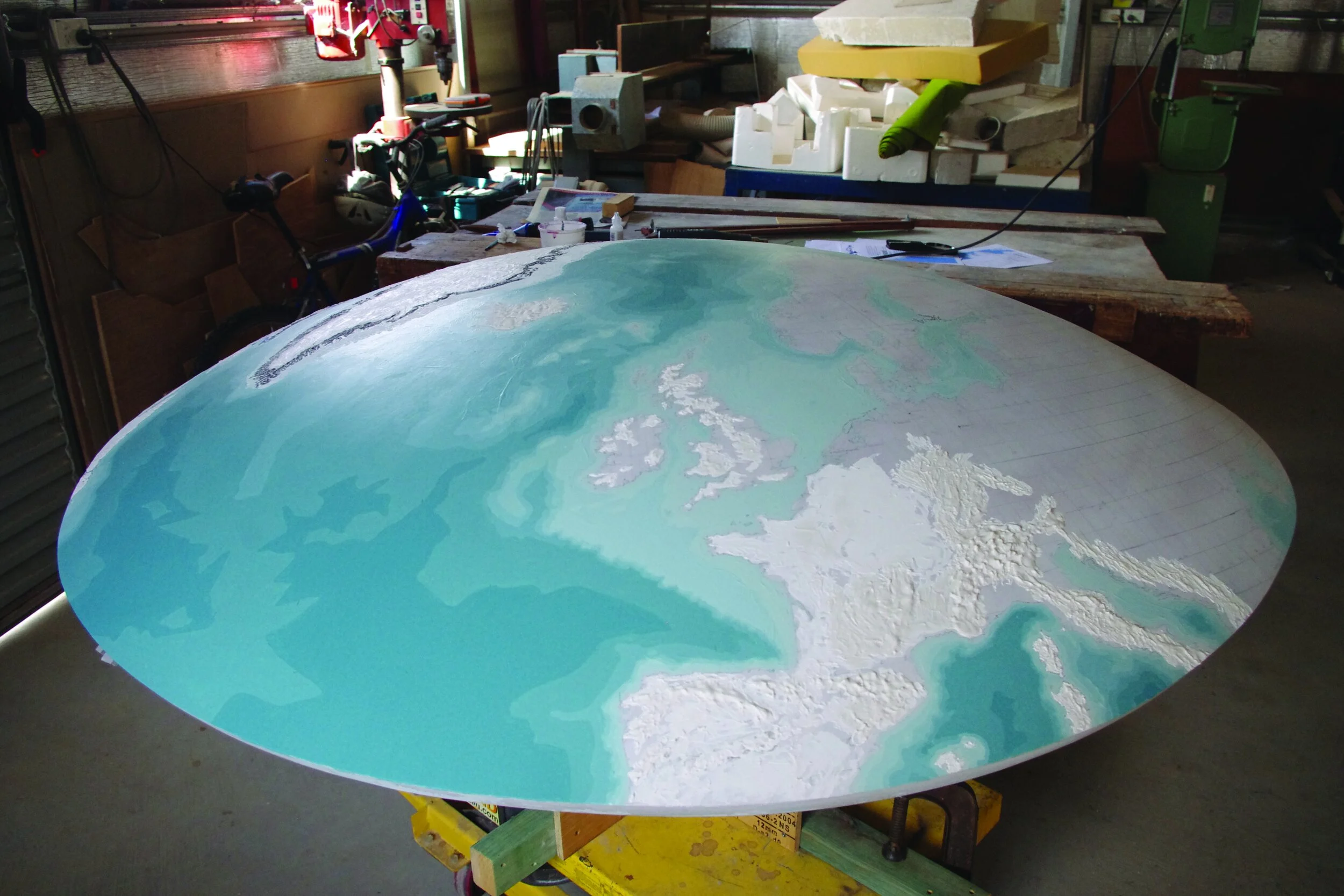
CONSTRUCTION SEQUENCE.
Track and rails around west end and the long North wall shoulder height
Helix east end, to transfer rolling stock between levels
West end (table height) track station environs lighting The Shard
and link structure.South long wall Millau Viaduc and join to helix
Ceiling shapes and lighting
North wall and join to Helix inner high line loop.
Centre Area including: world dome museum main station park market campground and personal access holes.
East end: mountains over and around helix
Bridge to join centre area to helix and activate full rail system
“Roswell” tower, skirt and carpet installation
FACTS & FIGURES.
Track length:
125m of HO scale Peco100 track, with 13 sets of Peco points
Operating system:
ipad via Roco Z21 for the points, trains and ceiling lights
Miniature figures:
over 1200
LED lights:
over 4500
Costs:
materials $25,450,
Locomotives and Rolling stock $3,850
Construction hours:
over 10,000
Materials:
Plywood, wood, card, paper, plaster of Paris, expanded polystyrene, expanding foam, acrylic, polycarbonate, stainless steel, copper, brass, mild steel, found objects, stone, paint, ink, beading, and many other craft materials.
Alan Churchill.
Left school at 16 and studied at various art colleges for five years, finally qualifying from Birmingham College of Silversmithing and Jewellery as a silversmith designer.
First job was as a part time lecturer and teacher, then a full time Master Model Maker in London making miniature figures for 2 yrs.
1969 saw a return to college for two years to qualify as a teacher. In 1971 I began teaching manual arts and art in the UK. Later, teaching took the family from the UK to Nigeria, PNG and finally to Australia until in 2001 I retired after 31 years of teaching. Places I have lived (in chronological order) can be found on the wall of the project depicted in 1950’s British Rail (“hot dog”) station name style.
The next ten years were spent self employed designing, making and selling vacuum machines for the equine industry and councils.
Since 2014 I have been designing and constructing the: “It’s not a train set”
Artistic resume:
1979: Painting exhibition in Kavieng, PNG
1986: Shared exhibition Townsville Regional Art Gallery (sculpture)
1998: Sculpture exhibition Brisbane QLD
Enduring interests: Sculpture, designing and making, modern architecture, keeping fit(ish), home brewing and single malt whiskey.

